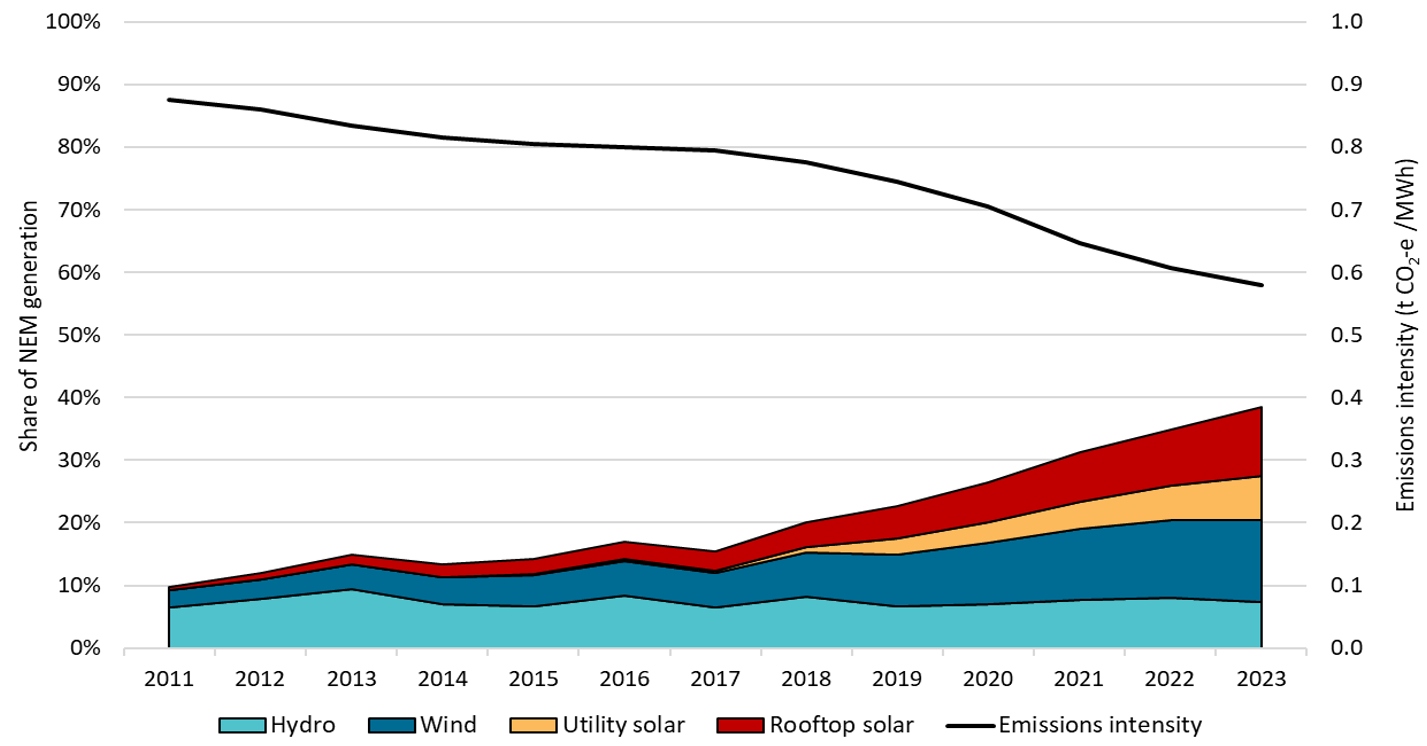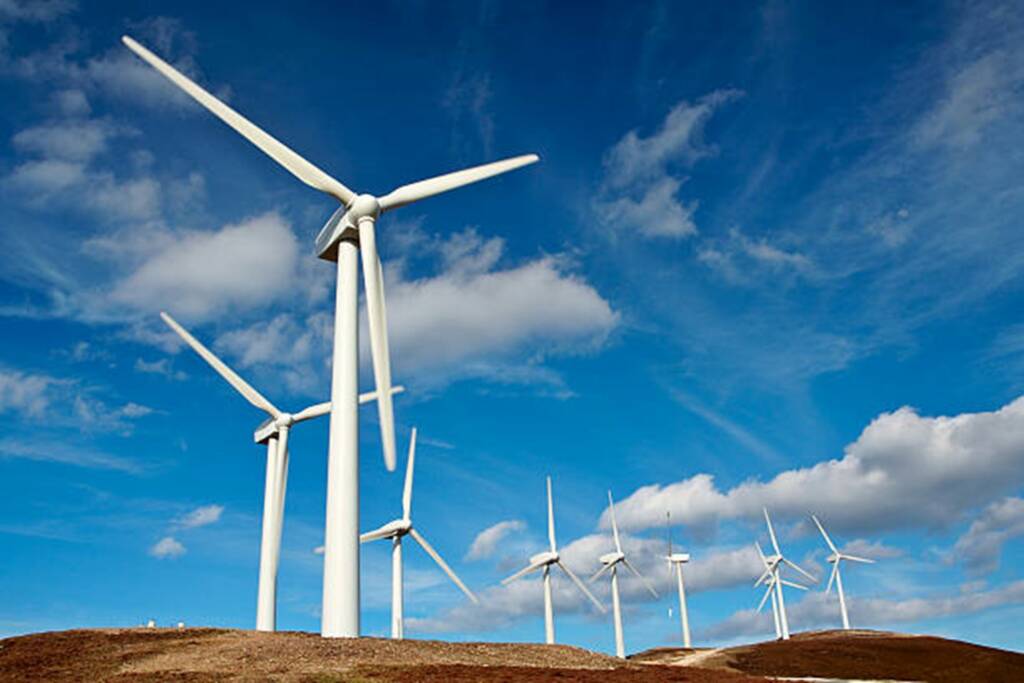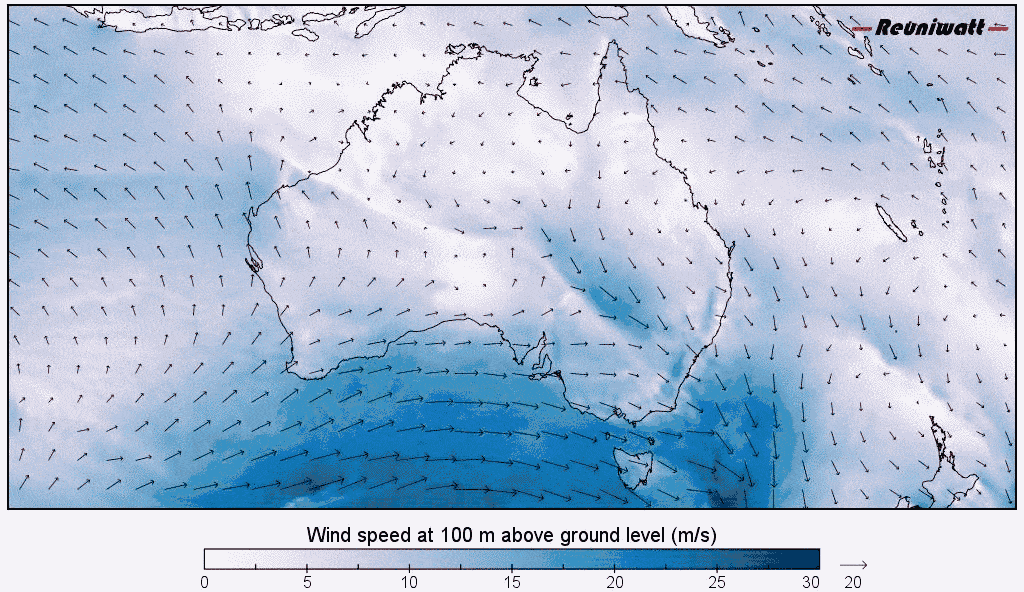Reuniwatt continues its expansion with the opening of its Australian office in the capital of Victoria, Melbourne. Australia offers an exceptional environment for Reuniwatt‘s growth, thanks to a regulatory framework that is favourable to the development of renewable energies.
Green power acceleration in Australia
The Australian renewables market has rapidly expanded, driven by the country’s abundant natural resources, government policies, and a commitment to reducing carbon emissions. Solar energy leads the market, with Australia having one of the highest per capita solar adoption rates globally, while wind energy is also significant, particularly in states like South Australia and Victoria. The country has ambitious targets, aiming for power production reaching 82% of renewables origin by 2030. Investment in large-scale projects, like solar farms and wind parks, is booming, supported by federal and state incentives. Challenges include grid infrastructure and energy storage, however innovations in battery technology and pumped hydro are addressing these issues. The Australian government has notably awarded the first 6 feasibility licenses for offshore wind projects, their total capacity reaching 12 GW.

Source: Quarterly Carbon Market Report December 2023, Australian Government Clean Energy Regulator
Accurate forecasts prevent power cuts
Australia is an immense country; however it is one of the most sparsely populated countries in the world, which is due to the desert geography of much of the interior of the country. Power forecast regulation in Australia is a dynamic and evolving area. It is crucial for maintaining the reliability and security of the electricity grid, especially as the country increasingly relies on renewable energy sources. AEMO (Australian Energy Market Operator), supported by regulatory bodies like the AER (Australian Energy Regulator), plays a pivotal role in ensuring that forecasting processes meet the needs of the market and contribute to the efficient operation of the NEM (National Electricity Markets). AEMO is responsible for providing forecasts of electricity supply, demand and prices, being critical for market participants, including generators, retailers, and large consumers:
|
|
Horizon |
Frequency of updates |
Resolution |
|
Dispatch |
5 min |
5 min |
5 min |
|
5-min dispatch |
2 hours |
5 min |
5 min |
|
Pre-dispatch |
Up to 40 hours |
30 min |
30 min |
|
Short term |
8 days |
30 min |
30 min |
AEMO relies on several inputs (capacity, plant layout, numerical weather predictions, plants’ SCADA…) to deliver accurate power forecasts for renewable assets. As Australia transitions to a more renewable energy-dominated grid, forecasting is becoming increasingly complex. The variability of renewable energy sources requires sophisticated forecasting techniques and integration of battery storage, demand response, and other technologies. Regulatory adjustments are ongoing to support this transition, including updates to forecasting methodologies and the incorporation of new market mechanisms, like the Wholesale Demand Response Mechanism, which allows large consumers to be paid for reducing their power use during peak times.
Accurate wind power forecasts improve power plants’ performance
Power forecasts for wind farms offer several advantages to Australian operators, enhancing their ability to manage operations effectively and optimize their overall performance. Accurate forecasts enable wind farm operators to plan and participate more effectively in energy markets. They can sell energy at advantageous prices by predicting when their output will be highest, aligning with peak demand periods or when market prices are highest. Forecasts help in coordinating the integration of wind power into the grid more smoothly. Operators can anticipate fluctuations in generation, allowing grid operators to manage the balance between supply and demand more efficiently. This contributes to the stability and reliability of the Australian power grid.

If accurate wind power forecasts bring more stability to the grid, they also bring major economic benefits to wind farms: they minimize the need for backup power and reduce the costs associated with balancing supply and demand. They also help in avoiding penalties from grid operators for failing to meet commitments, thereby saving on operational costs. Reliable forecasts notably provide valuable insights for long-term planning and investment decisions. Operators can assess the potential of their wind resources more accurately, evaluate expansion opportunities, and justify investments in new technology or infrastructure. By knowing how much power the wind farm is expected to generate, operators can plan maintenance activities, optimize turbine operations, and schedule repairs more effectively. This reduces downtime and improves overall operational efficiency, while reducing operations and maintenance costs.
Excellence is Reuniwatt’s wind compass
Based on solid R&D, Reuniwatt has developed an enhanced wind forecasting method combining numerous weather models with deep learning techniques. Our intraday wind power forecasts achieve best-in-class results based on NWP models combined with artificial intelligence techniques. Moreover, we consider real-time SCADA data to frequently update our hour-scale forecasts.
Our results prove us right: our intraday wind power forecasts will allow you to handle the variability of this renewable energy resource and obtain high quality forecasts, typically requested by utilities and grid operators. The use of near real-time SCADA data for wind power forecasts is the best way to achieve the highest possible precision.
Want to learn how more? Get in touch with our team to schedule a free consultation.
